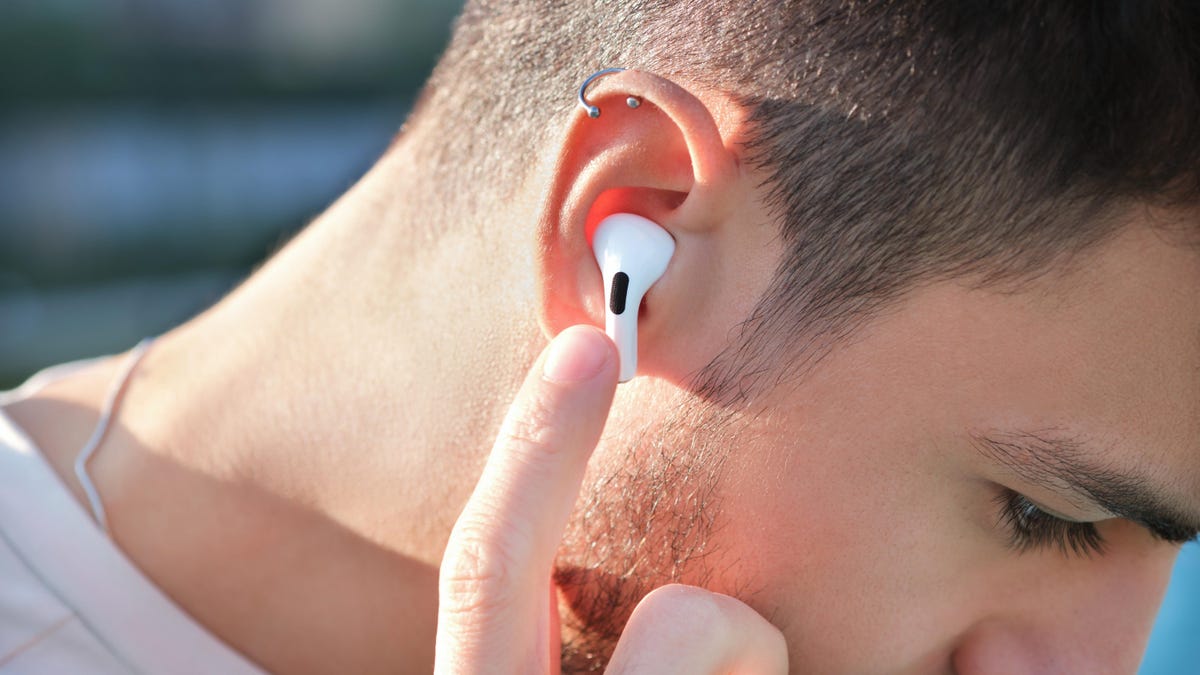
What’s your favorite thing about AirPods Pro? For those of us who need to stay alert while listening to music, Transparency Mode might take the cake. And fortunately for us, Apple has made Transparency Mode so much better that it might be worth picking up a pair for this feature alone.
How does AirPods’ Transparency Mode work?
If you don’t have a pair of AirPods Pro or AirPods Max, Transparency Mode uses the microphones on your AirPods to pump in the sounds around you. With the right fit, it seems like you’re not wearing earbuds at all: Turn off Transparency Mode, and the sound shrinks away, turning back into the muffled quiet that you expect from a tight seal.
The feature is perfect for when you want to listen to music or a podcast but need to stay alert, like when you’re walking down a busy street or in a room with people who need your attention every now and then. With Transparency Mode, it’s easy to carry a conversation without taking out an earbud.
But this mode never accounted for the intensity of sounds around you. If something loud came your way, like a siren or horn, your AirPods consequently pumped that noise directly into your ears. I’ve had it happen to me on occasion, and it isn’t fun.
G/O Media may get a commission
Adaptive Transparency saves your ears
AirPods Pro 2, however, introduce Adaptive Transparency. This iteration of Transparency Mode reduces the intensity of any sound that is over 85 dB, while keeping other sounds at their real-world volume. It’s like having a sound mixer in your ear at all times, making sure the sounds around you are balanced. There’s virtually no delay, either: Apple claims the new H2 chip processes these sounds at 48,000 times per second.
To be fair, Apple isn’t the first to come up with a feature like Adaptive Transparency. Bose has similar feature with its QuietComfort Earbuds II, but, according to PCMag, it isn’t as well developed as Apple’s offering.
TechRadar’s Al Griffin even wore AirPods Pro 2 to a concert. He says the concert reached a peak of 114.7 dB, but thanks to Adaptive Transparency, his ears never heard anything past 85 dB. While AirPods are certainly more expensive than a simple pair of earplugs, Griffin argues that earplugs muffled too much of the music, while his AirPods allowed him to clearly hear everything. While it isn’t a perfect experience, Griffin says he’s definitely wearing AirPods Pro 2 to his next concert.
But it seems you might not need to buy a new pair of AirPods Pro to use Adaptive Transparency. Apple’s iOS 16.1, currently in beta testing, reportedly gives the first-generation AirPods Pro an Adaptive Transparency setting toggle, despite not having the second-gen H2 chip that Apple says powers the feature on the AirPods Pro 2. My guess is that if the feature actually works on the original AirPods Pro, it won’t work as well. Maybe the sound reduction will come in more delayed, since the H1 chip won’t be able to process sounds at 48,000 times per second. Still, if I can get most of the benefits of Adaptive Transparency without paying $250 for a new pair of AirPods, I’ll be happy.
If Apple does bring Adaptive Transparency to the first-gen AirPods Pro, maybe it’ll also bring it to AirPods Max. We’ll need to wait for iOS 16.1 to fully roll out to tell for sure.










